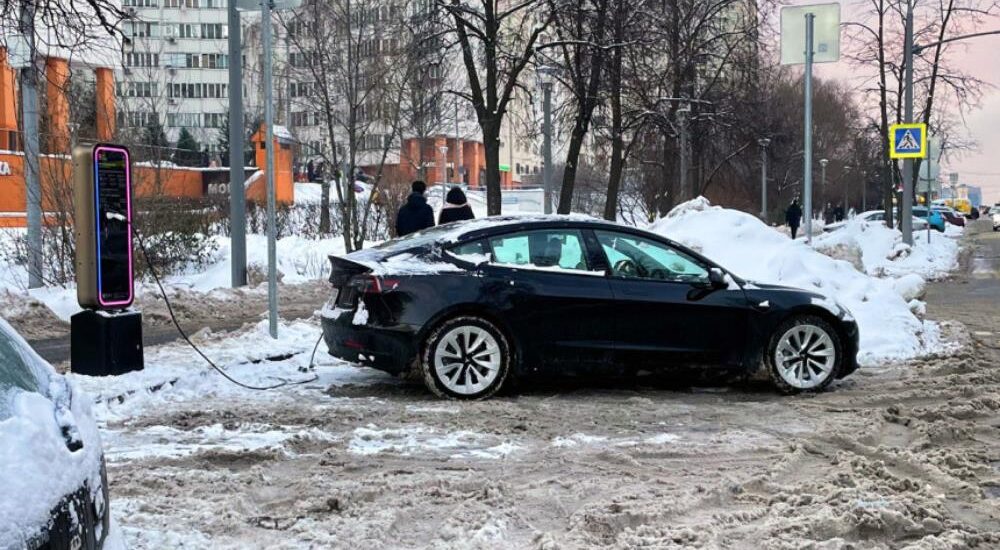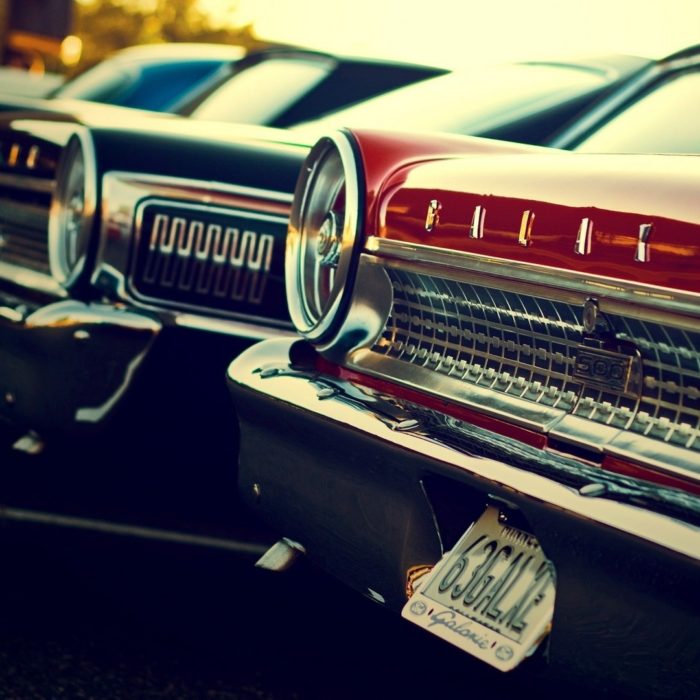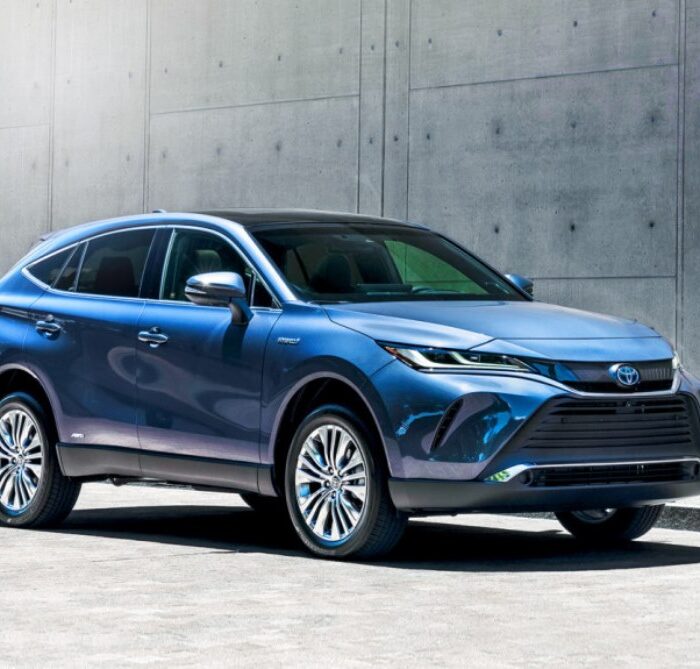The Tesla Experience Part Two: About Charging and Range
In this follow-up to our Tesla journey, we delve into the intricacies of charging and range management. If you missed Part One, we covered the acquisition and registration of a Tesla Model 3 Long Range in Russia, highlighting the significant cost savings compared to local market prices.
Before we embark on the charging saga, let’s address some queries from Part One. Yes, purchasing a flooded car might seem risky, but considering the substantial price difference between our imported Tesla and the local market rates, it was a calculated risk worth taking. Back in late 2021, European Tesla Model 3 Long Range sedans were priced at over five million rubles, nearly two million more than our acquisition cost.
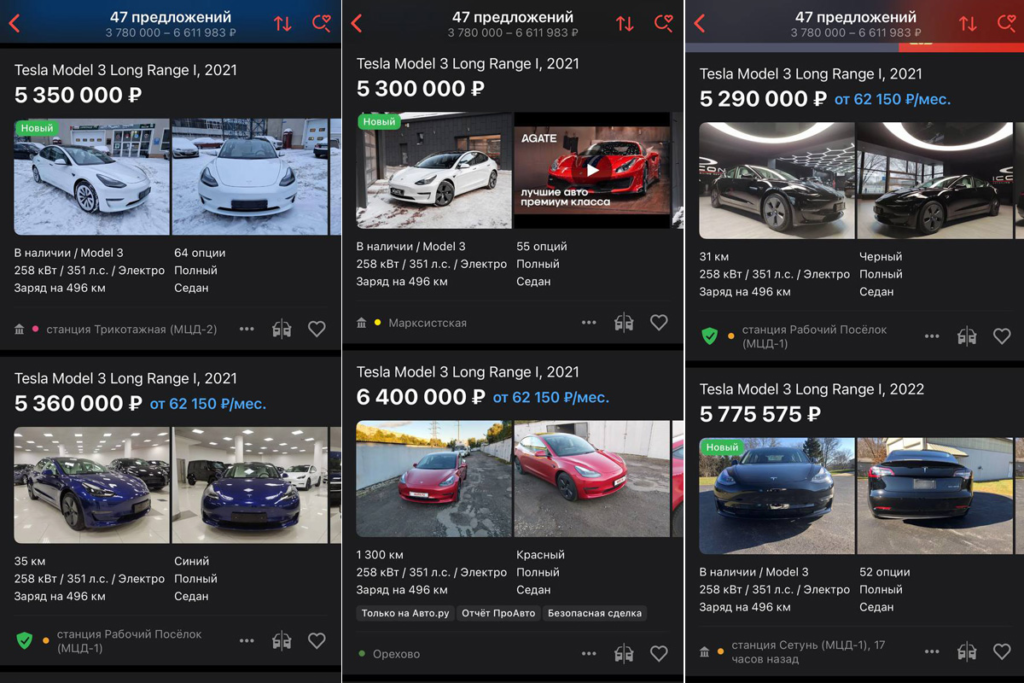
Dates in the Russian Federation in 2021
Our testing ground? The thirteenth floor of a Chertanovo panel building, devoid of country retreats or convenient charger-equipped parking spots. Nevertheless, Moscow boasted a burgeoning urban charging infrastructure, offering several charging options. Foremost among these were the “Moscow Energy” network stations, providing free albeit slow (AC) charging, replenishing about 10% of the battery per hour. Alternatively, a standard 220-volt socket provided a convenient albeit slow charging solution for weekend getaways. For quicker charges, commercial fast direct current chargers were available, albeit at a cost ranging from 1300 to 1800 rubles for a full charge.

However, preparing for charging wasn’t as straightforward as plugging in. The standard Tesla cables from the States were incompatible with Russian charging stations, echoing the early days of the DVD vs. Blu-ray format war, albeit with more connector options. From Type 1 and Type 2 to CCS Combo 1 and CCS Combo 2, the array of charging connectors presented a formidable challenge, demanding additional investments.

Investing in essential adapters, including a European socket adapter, a Type 2 cable for urban charging, and a CCS Combo 2 adapter, set us back an additional 50,000 rubles. This upfront investment paved the way for seamless charging experiences, albeit with some unexpected hurdles.

While the Model 3 Long Range boasts a claimed range of over 530 km on a single charge according to the American EPA cycle, real-world conditions paint a different picture. Moscow’s harsh winter slashes this range by half, necessitating battery and cabin heating and accounting for additional energy consumption due to snow-covered roads. Factor in driving style considerations and the need to preserve battery health by avoiding extreme discharges and charges, and the usable capacity dwindles to 60%.
Nikita : Physics — 0 : 1
Our first test of the Tesla’s range capabilities turned into a nail-biting adventure during the New Year holidays. A planned itinerary spanning Moscow and its surrounding regions put the Model 3 through its paces:
- January 3: Moscow — Laryushino (60 km)
- January 5: Laryushino — Moscow (60 km)
- January 5: Moscow — Voskresensk (110 km)
- January 7: Voskresensk — Cherusti (150 km)
- January 7: Cherusti — Voskresensk (150 km)
- January 8: Voskresensk — Moscow (110 km)
The first leg went great. I set off with a fully charged electric car with three passengers and arrived at Nikolino Hill with a remaining range of about 370 km. I deliberately didn’t conserve charge, drove as usual. There I plugged the car into a charger from a regular 220-volt socket (current strength 8-12 amperes), and by lunchtime on January 5, the battery was fully charged. Luckily, the air temperature was comfortable and didn’t drop below -8°C. I arrived in Voskresensk with a 230 km range remaining. But then the fun began. It was -25°C at night. And approaching the car on the morning of January 6, I saw that the battery had hardly charged overnight. The range indicator remained at around 230 km. Yes, the current strength was a measly 5 amperes through two extension cords, but still. And the next day, I had a journey of 300 km ahead.

It was obvious that Tesla wouldn’t make it, and I needed to change the car. It’s good that there’s Autobnb, where you can always find something. So instead of Cherusti, I headed to Moscow, although the hope of reaching even there was slim. Yes, the remaining range of 230 km is twice as much as the 110 km from Voskresensk to Moscow, but there’s a catch. At -25°C, the range melts faster than a piece of butter on a frying pan. About 30 km were spent just warming up the car and getting onto the highway. Then I started saving: turned off the music, set the tablet to minimum brightness, only heated the windshield, maximum regenerative braking. Although the last item was unnecessary.
Imagine driving in a frozen car late at night on an empty highway with a dwindling range. Speed no more than 60-70 km/h, smooth accelerations, and even movement. Quite an experience. But it’s still better than stopping on the drained “electric” somewhere on the MKAD late at night during the holidays. The saving worked! As I drove, the battery warmed up, and I managed to stabilize the consumption. I was getting two kilometers of estimated range for every kilometer driven. With such dynamics, I should have arrived at the parking lot with a remaining range of 8 km. But in Moscow, it got easier. The city was warmer, and electricity consumption decreased. Even despite the traffic lights and constant acceleration-braking cycles, I arrived at the parking lot with a remaining range of 15 km. And there — a 1991 BMW 520i (E34): refueled a full tank, warmed my backside — and off to Voskresensk.

You can’t even imagine how calm and comfortable I felt behind the wheel of this youngtimer. In a day, the “five” covered 500 km. It started at -27°C. It didn’t present any surprises. It just did its job. A post about this experience in my Telegram channel was filled with sarcastic comments, so the next accessory in the set of a young Tesla owner was a tenth-grade physics textbook. You may laugh, but a better manual for “electric cars” hasn’t been invented yet.
Weather conditions, charging power, driving style, and the number of passengers have a huge impact on the range. This is also true for ICE cars, but to a much lesser extent. Look at the graphs. If in positive temperatures, a trip outside the city takes about 150-170 Wh/km, then urban congestion in heavy traffic at -10°C costs more than 400 Wh/km. Quite a spread, isn’t it?
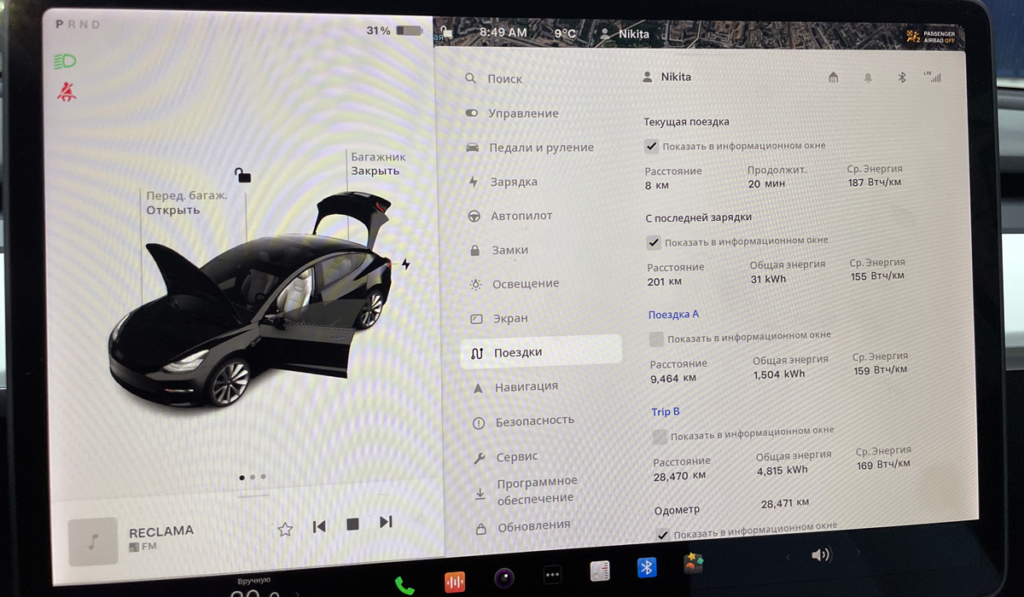
Consumption in the warm season.

Consumption at sub-zero temperatures.
Tesla teaches planning. It doesn’t just teach — it forces. But over time, you get used to it. Taking the car to the office? Okay, there’s a city charger nearby, we can plug it in there. Going out of town? Great, plug it into the socket overnight. Only 30% of battery charge left? Let’s drive through a station with a CCS2 connector and quickly recharge. Though, for this, you need to download some application. There are already more than a dozen of them on the “Transport” tab in my smartphone. Over time, you stop perceiving it as a problem. Although sometimes the show doesn’t go according to plan.
Nikita : Infrastructure — 0 : 1
It had to happen eventually. Buying a Tesla and not ending up on a tow truck? After driving 120 km away from Moscow with 30% battery left, I instinctively took out the charger to connect to a household outlet and… “Insufficient grounding of the socket.” Well, Nikita, you’re screwed, to put it plainly. Although the same charger and socket configuration worked without problems before. In theory, 30% should have been enough for the return trip, but here’s the catch again. Over the course of a day, the charge still decreases slightly, and when you’re driving with four people on the MKAD at a speed of 100 km/h, the charge disappears almost instantly. In short, it was time for adventures: I had to find a charger.

The 2Charges app shows the location and type of chargers across Russia. In theory, this is very convenient, but in practice, it turns out that:
- Somehow, stations on the territory of private houses end up in their database;
- Data updating leaves much to be desired, to put it mildly;
- Even Yandex.Maps messes up the reliability of the data, which led me to a gas station at night.
As a result, I drove more than 140 kilometers in over three hours in search of an existing and working charger, but in vain. Special “thanks” go to Rosseti: none of the three found chargers were working. Somewhere the app glitched, somewhere there was no necessary connector (CCS2).
But I learned to drive as economically as possible. The average consumption was 116 Wh/km. In this mode, the Tesla Model 3 Long Range can cover more than 640 km on a single charge. But this is, of course, pointless driving. Speed around 50-60 km/h, coasting, and other tricks from eco rallies. Not much fun. For comparison, in a comfortable mode in the city, it consumes 160-200 Wh/km.
Three o’clock in the morning, 7% charge left. I’m near Voskresensk. The “Charge me if you can” operation failed. There were two options left: call a mobile charger or a tow truck to the nearest power source. The Volt To Go service only operates on weekdays, and I couldn’t find any others, so it was the tow truck. We headed to the Trassa gas station in Mikhaylovskaya Sloboda. I called them beforehand and found out everything about their chargers. They swore and promised that everything was working.

They didn’t deceive me! That’s when I first charged the car via CCS2 — and was amazed by the speed: from 3% to 80% in 40 minutes! I’ve never had such swift charging before. But it’s 18 rubles per kWh and 1000 rubles for 80% of the battery. Quite a hefty price, especially in such a situation. According to the girls at the cafe at the gas station, the charger isn’t in high demand: only three cars come in a week.
The story is as funny as it is instructive. We’re still at the very beginning of building the electric infrastructure. And the further from big cities, the more obvious this becomes. By the way, the next purchase was an adapter for Type 2 for 8000 rubles for Yandex chargers.
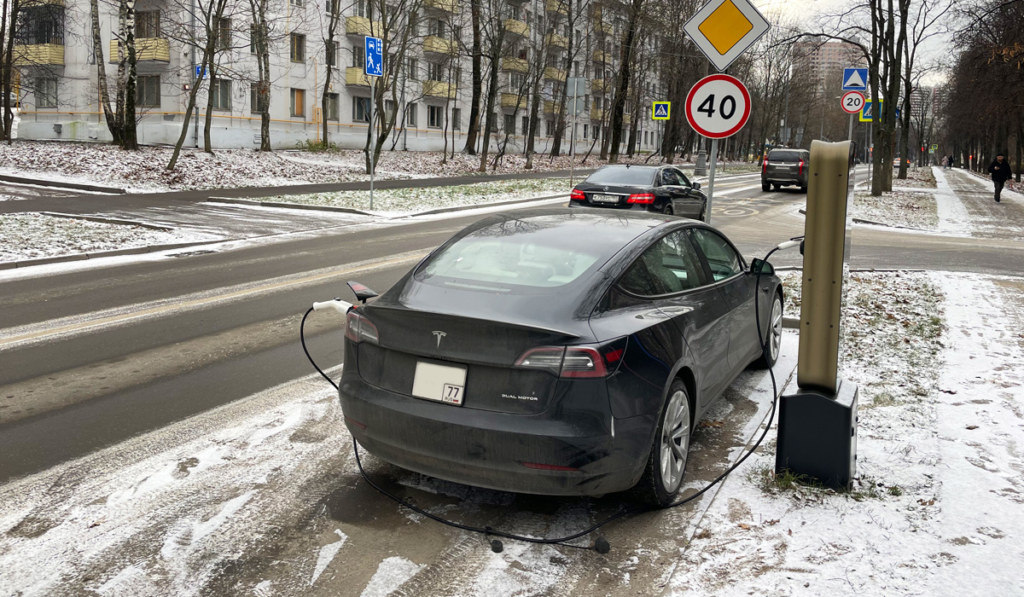
Hmm. I reread the text above and realized that it sounds more like anti-advertising for electric cars. It’s not like that. Over the past year, my Tesla has covered more than ten thousand kilometers, which is about a hundred trips. And only two of them had problems that forced me to change plans. And the first one was due to inexperience and not the most typical weather conditions. Well, the second one, too, in general. Safety and reliability of the power grid are important, so now the socket is directly connected from the pole – with grounding. Ideally, of course, it should be made for 380 volts – and buy another adapter.

Is it worth switching to an electric car? It is! In the next part, I’ll tell you how Tesla is perceived compared to traditional cars in terms of comfort, dynamics, etc.
Photo: Nikita Sytnikov
This is a translation. You can read an original article here: Tesla для петролхеда. Часть вторая: про зарядки и запас хода

